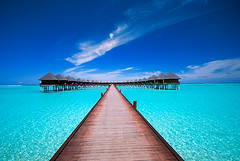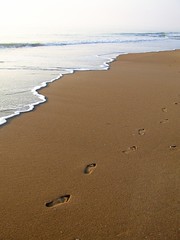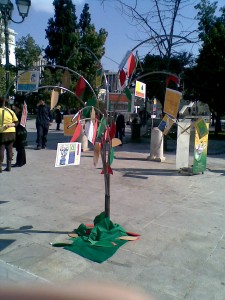Piece of land that is thickly covered with trees is the general of definition of a forest. Forest is also known as woods, weald or woodlands. Forests cover approximately 30% of land and 9.4% of all the planet earth.
They are also responsible for regulating our planet's climate and act as large purifiers of airs, by absorbing carbon dioxide, and giving out oxygen.
Types of forests are classified differently from one and another depending upon the species developed with the age of forests, soil found in those forests, the density of trees and history of the geological region. So forests are divided into following main types:
- Tropical forest
- Sub tropical forest
- Plantations
- Boreal Forest
- Temperate forest
- Seasonal or monsoon forest
Tropical Forest and Subtropical Forests
Tropical and subtropical forests, also known as rainforest or tropical rainforests, are lavish and ample forests with broad leave tree.
They are mostly found at lowlands near the equator. These forests are evergreen forests and remain the some through out the year. These forests form a dense and thick upper layer of foliage (canopy). Tropical forests are of vegetations type, and are home to more than half of the species of animals and plants dwelling on the earth.
Tropical forests or rainforest are one of the oldest types of vegetation forests that still exist on the earth. These forests have an ability of absorb a large quality of carbon dioxide and are providing a bulk quantity of oxygen to humans for ages. On a rough scale, almost 50% forests of the world are tropical and subtropical in nature.
Mangrove Forests are also comes under tropical forests and subtropical forests. These forests are poor-species forest, unlike tropical and subtropical forests but subjugated by evergreen trees. Trees here are mostly angiosperm tree that could bear flooded soils and excessive land salts.
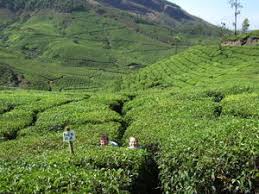
Plantations
Plantation can also be classified as type of forest. Plantation is actually a large farm, piece of land or estate that is use for cultivation. Plantation is usually adopted in tropical and subtropical regions.
In these farms and lands cultivation of different crops is done on a large scale for international or distant markets rather than for local or domestic consumption. These crops include rubber seeds, oil seeds, sugar cane, cotton, tobacco, coffee and sisal. Plantation done for industrial purpose is called forestry. It is it done to get larger amount of wood in a shorter span of time.
Boreal Forest
Boreal forests are also known by name Taiga. The word 'Boreal' means northern, these forests are occupying about 17% of the land.
This type of forest can be easily found on latitude 50 to 60. Temperature in these forests is usually low, as the canopy allows very low sunlight to penetrate.
Low penetration of light along with low temperature is responsible for limited under story. Soil of these forests is poor- nutrient and thin. Trees like pine, spruce and fir are most likely to be found in these forests which are cold-tolerant and evergreen in nature.
A number of animal species also found in these forests which includes bears, bats, woodpecker, hawks deer, fox and many other that could tolerate low temperature
Forest Related Biomes
Grassland Ecosystem
A biome is a huge, unique complex of plant communities made and asserted by climate. A huge number of climatic factors relate in the maintenance and creation of a biome.
Tundra Biomes
There are little pieces of knowledge that many of us tend to miss, simply because we failed to take interests, or sometimes because we were never informed about them.
Temperate Forest
Temperate forests can be found on both hemispheres on latitude approximately 25 to 50 in regions of northeastern Asia, North America, western and central Europe and can be categorized as deciduous as well as evergreen.
The interesting thing about these forests is that they have all four seasons; summers, spring, winter and fall. Soil of these forests is fertile and enrich. Trees of these forests can be categorized as broad leave trees including those which change their foliage every year like oak, maple, beech, hemlock, cotton wood, elm and many more of same kind. Animal species found in these forests are birds, rabbits, squirrels, wolf, black bear, mountain lion and bob cat
Monsoon or Seasonal Forest
These forests are also known as dry forests. These forests go through two extreme seasons; the season of heavy rainfall and a long season of complete dryness. Forests of this type can be found in Southeast Asia, West and East Africa, eastern Brazil and northern Australia.
Trees of these forests include woody vines, orchid and many others like; lianas and herbaceous epiphyte, thick bamboos and tall teak trees. These forests are highly threatened in West Africa (over 90% of forests have been cleaned) and all round the world by cultivation
COURTESY BY http://www.squidoo.com/lensmaster/new_workshop/nature-photographyz

















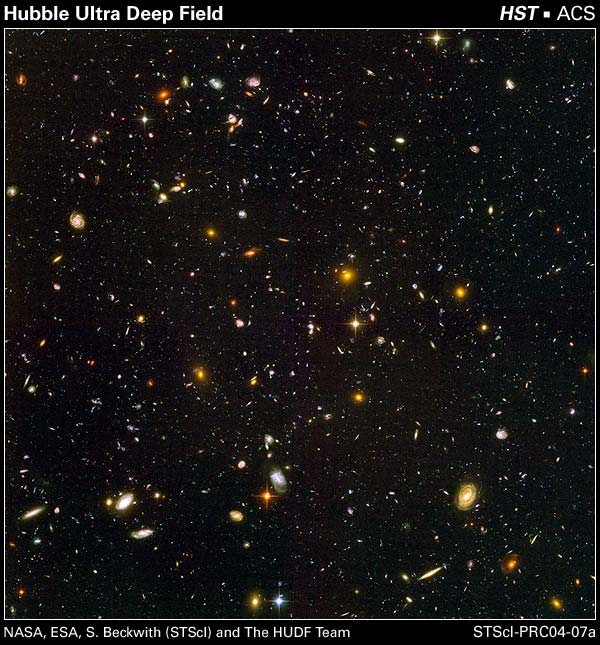





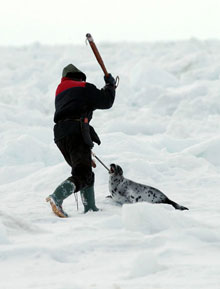 Today the European Parliament voted
Today the European Parliament voted 